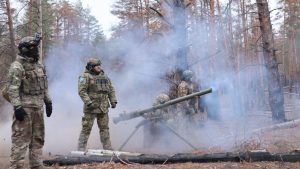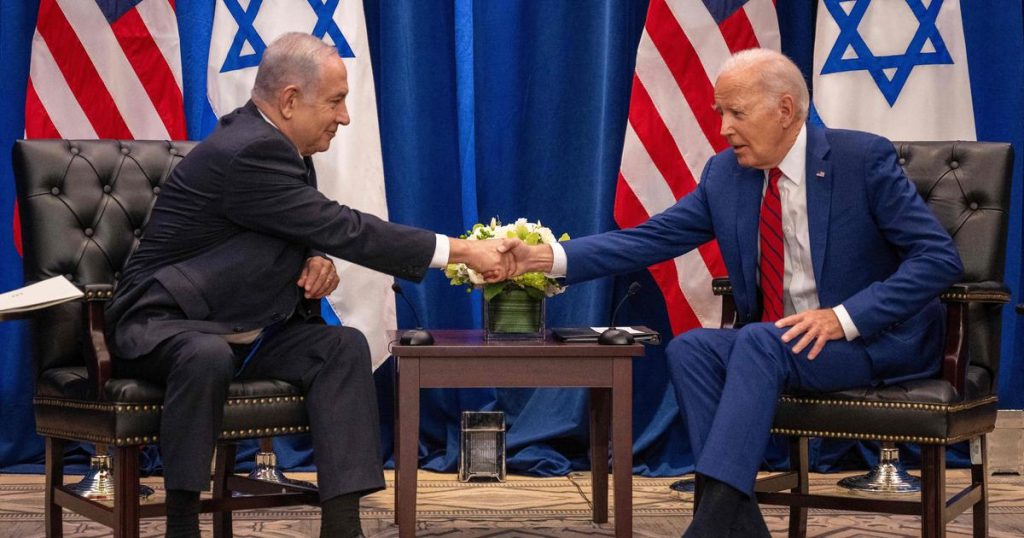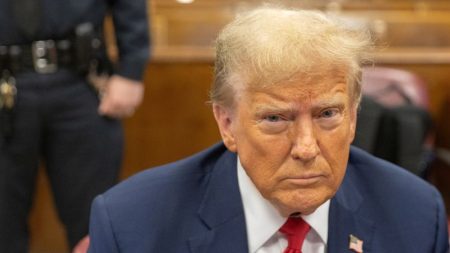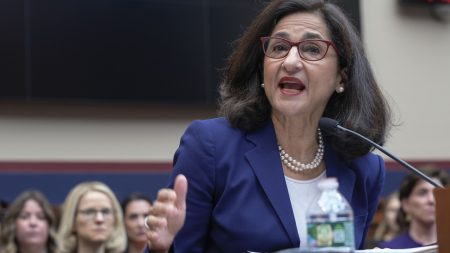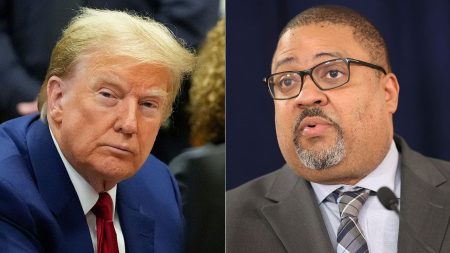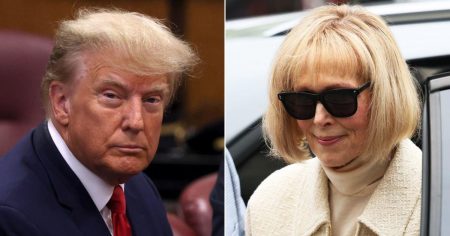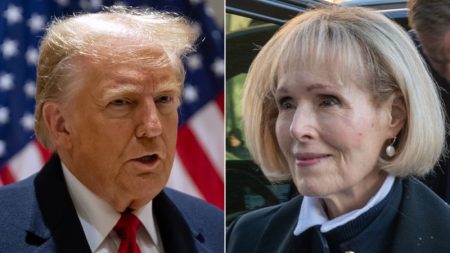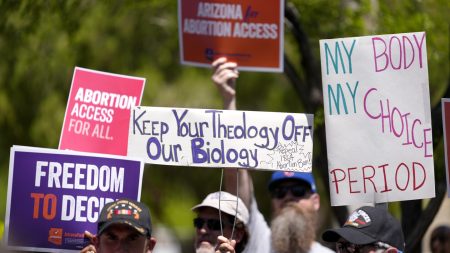An increasing number of Americans are urging President Joe Biden to encourage Israel to cease military actions in Gaza, with Mr. Biden’s handling of the situation reaching its lowest levels yet. A recent poll conducted prior to Iran’s drone and missile attack on Israel showed little support among the U.S. public for military action against Iran in the event of an attack on Israel, with many instead leaning towards supporting Israel’s next actions. Pressure within Mr. Biden’s own party regarding the Israel-Hamas conflict, growing sympathy for the Palestinian people among Democrats, and decreasing support for U.S. military aid to Israel are key factors influencing public sentiment.
Many Americans express sympathy for both the Israeli and Palestinian people, with Democrats increasingly showing support for the Palestinian people compared to last fall. While the majority of Americans from all political parties sympathize at least somewhat with the Israeli people, the percentage who sympathize “a lot” has decreased since last October. There has also been a decline in support for sending weapons and supplies to Israel among Democrats and independents, although this view remains a majority among Republicans. Conversely, there is an increase in support for sending humanitarian aid to Palestinians, with most Republicans still opposing the idea.
Half of the country believes that the threat of terrorism will increase for both Israel and Americans as a result of the ongoing conflict. Moreover, most Americans do not believe that the U.S. government is doing all it can to bring American hostages home. The handling of the Israel-Hamas conflict is seen as reflective of U.S. morals, principles, security, and strategic interests, highlighting its importance in the eyes of the public.
Despite these issues, President Biden’s overall approval rating remains in the low 40s, with declines in approval among younger Americans. The economy remains a crucial factor for Democrats and independents when evaluating Biden’s overall job performance, overshadowing views on his handling of the conflict. The recent inflation report and stock market drop have stalled the months-long optimism about the economy, with views of economic growth leveling off as well.
In conclusion, the CBS News/YouGov survey highlights the public sentiment surrounding President Biden’s handling of the Israel-Hamas conflict, with increasing calls for peace in Gaza. The evolving dynamics within the Democratic Party, shifts in public sympathy towards the Palestinian people, and concerns about terrorism and hostage situations contribute to the complex landscape that Mr. Biden must navigate. As the economy continues to play a central role in shaping public opinion of his presidency, ongoing developments in the conflict and broader international events will likely impact his approval ratings in the coming months.





